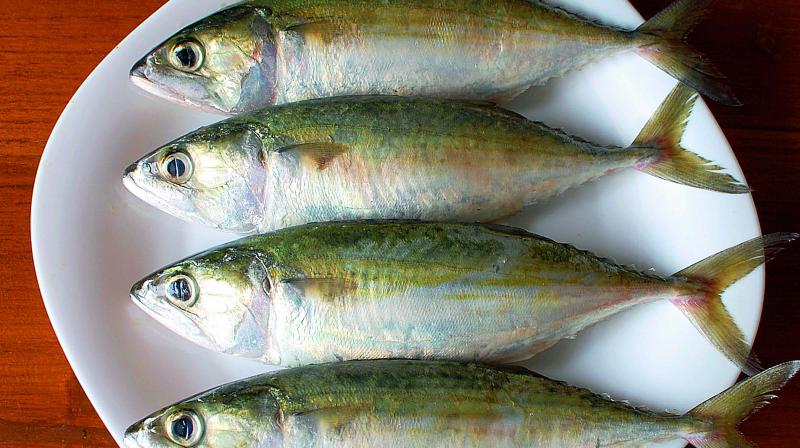Higher lead levels found in fish in Visakhapatnam

Visakhapatnam: If somebody asks what’s high in fish, one thing may need to be added this time to its already popular list of lean protein, heart-healthy fatty acids and nutrients – toxic heavy metals.
A recent Andhra University study found higher levels of heavy metals in some edible fish, including lead and cadmium. Even though some other metals like zinc, iron, etc. are within permissible limits, the researchers didn’t rule out the possibility of these metals entering the food chain.
Long-term exposure to lead and cadmium can result in a variety of medical conditions, from cognitive and intellectual problems in kids to nervous system disorders, kidney problems in adults. The fish that were analysed for the heavy metals included Japanese threadfin Bream, Indian Mackerel and Obtuse Barracuda.
Explaining about their research, Dr K. Kameswara Rao, Boni Anil Kumar, Dr M. Vijaya Bha-vani and B. Vinayasagar from the Department of Environmental Sciences of Andhra University explained that they zeroed in on the Visakhapatnam Entrance Channel to initiate the study.
“The Visakhapatnam Entrance Channel (VEC), which extends for several kilometres, is so wide and deep that even major ships can be harboured in the channel. The seaport in the vicinity and the subsequent industrialisation had altered the ecological integrity of the channel. The mangroves along the VEC were used as a piece of land for the industrial purposes. However, some fisherfolk still use the same canal for fishing,” they said. It’s a known fact that the increased industrialisation and the effluents entering the water bodies are increasing the risk of lead exposure to humans through different types of food chains.

